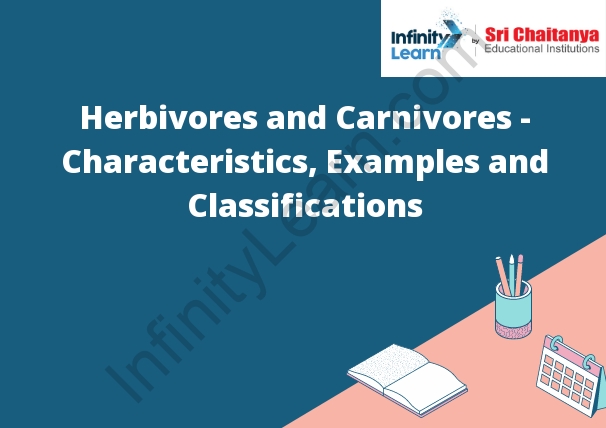Table of Contents
Herbivores; Carnivores; Alkaline Saliva
Herbivores are animals that eat mainly plants. They have a diet that is high in fibre and they usually have alkaline saliva. This helps them to digest their food properly.
Carnivores are animals that eat mainly meat. They have a diet that is high in protein and they usually have acidic saliva. This helps them to digest their food properly.
Alkaline saliva helps to break down carbohydrates in the food that the animal is eating. This helps the animal to digest their food properly and to extract the nutrients that they need.
| S.NO | CONTENT |
| 1 | INTRODUCTION |
| 2 | CHARACTERISTICS OF HERBIVORES |
| 3 | CHARACTERISTICS OF CARNIVORES |
| 4 | CLASSIFICATION OF CARNIVORES |
| 5 | FACTS ABOUT CARNIVORES |

Characteristics of Herbivores
Herbivores are animals that consume only plants for food. They have adaptations that allow them to digest plant material, including specialised teeth and a gut that helps break down cellulose. Most herbivores are animals that live on land, but there are a few aquatic species that consume only algae and other aquatic plants.
Characteristics of Carnivores
Carnivores are animals that eat meat. They have sharp teeth and claws that are well-adapted for tearing meat. Carnivores have a high metabolic rate, which means they burn a lot of energy and need to eat frequently. They are typically solitary animals, and they have a high sense of smell which helps them find prey.
Classification of Carnivores
There are three different classifications of carnivores: obligate carnivores, facultative carnivores, and scavengers.
An obligate carnivore is a carnivore that has a diet that depends solely on animal flesh for nutrients. These animals have a limited ability to digest plant material and typically have a very high protein diet. Cats and dogs are examples of obligate carnivores.
A facultative carnivore is a carnivore that can adapt to a non-carnivorous diet, but typically has a diet that is based on animal flesh. Bears are an example of a facultative carnivore. They will typically eat mostly plants, but when they are desperate they will eat meat.
A scavenger is an animal that feeds on the remains of dead animals. Vultures are an example of a scavenger.
Facts about Carnivores
Carnivores are animals that eat other animals. They have sharp teeth and claws that are good for catching and killing prey. They are typically meat eaters, but some, like the giant panda, are mostly herbivores. Carnivores are found in all parts of the world, in both wild and domesticated forms.
for more visit Herbivores and Carnivores – Characteristics, Examples and Classifications







